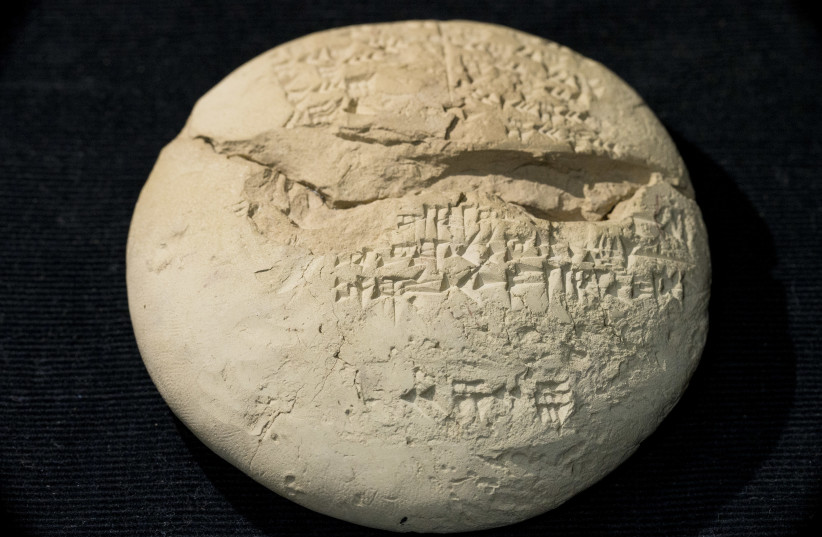Russian archaeologists identified the oldest drinking straws ever discovered in a study published in the peer-reviewed Antiquity journal and subsequently published online by Cambridge University last Wednesday.
Originally discovered in 1897 at an ancient burial mound in the Maikop Kurgan in the Caucuses, the eight straws, more than 5,000 years old, were originally thought to be canopy poles or scepters. Each measured over a meter in length, and several of them were decorated with bull figurines.
Although the function of the artifacts was not previously known, the researchers identified barley residue within one of the straws, indicating that they had been used to drink beer; the team was unable to find evidence of fermentation, however.
People in the Mesopotamian civilization of Sumer were known to have used long straws to drink from communal vessels beginning 5,000 years ago. The researchers found multiple features in the straws from the Maikop Kurgan that were similar to straws used in Sumer, including metal strainers used for filtering beer. These similarities led the team to conclude that the Maikop straws were used for drinking and were, therefore, the oldest surviving drinking straws.
However, evidence of even older straws used in Iraq and Iran has been documented. Seals from 6,000-7,000 years ago illustrate the use of communal drinking straws in these civilizations.

At the site in the Caucuses, hundreds of miles away from this region, a vessel was discovered that could hold 56 pints of beer, suggesting it was shared by multiple drinkers.
The research team consisted of Viktor Trifonov from the Institute for the History of Material Culture and Denis Petrov of the North-East Interdisciplinary Scientific Research Institute N.A. Shilo, Far East Branch, at the Russian Academy of Sciences in St Petersburg, as well as Larisa Savelieva of the Institute of Earth Sciences at St. Petersburg State University.
Trifonov said the Maikop Kurgan discovery sheds new light on social practices in ancient civilizations, some of which may have spread long distances, as suggested by the geographical disparity of the regions where evidence of communal drinking straws was discovered. "The finds contribute to a better understanding of the ritual banquets' early beginnings and drinking culture in hierarchical societies."
